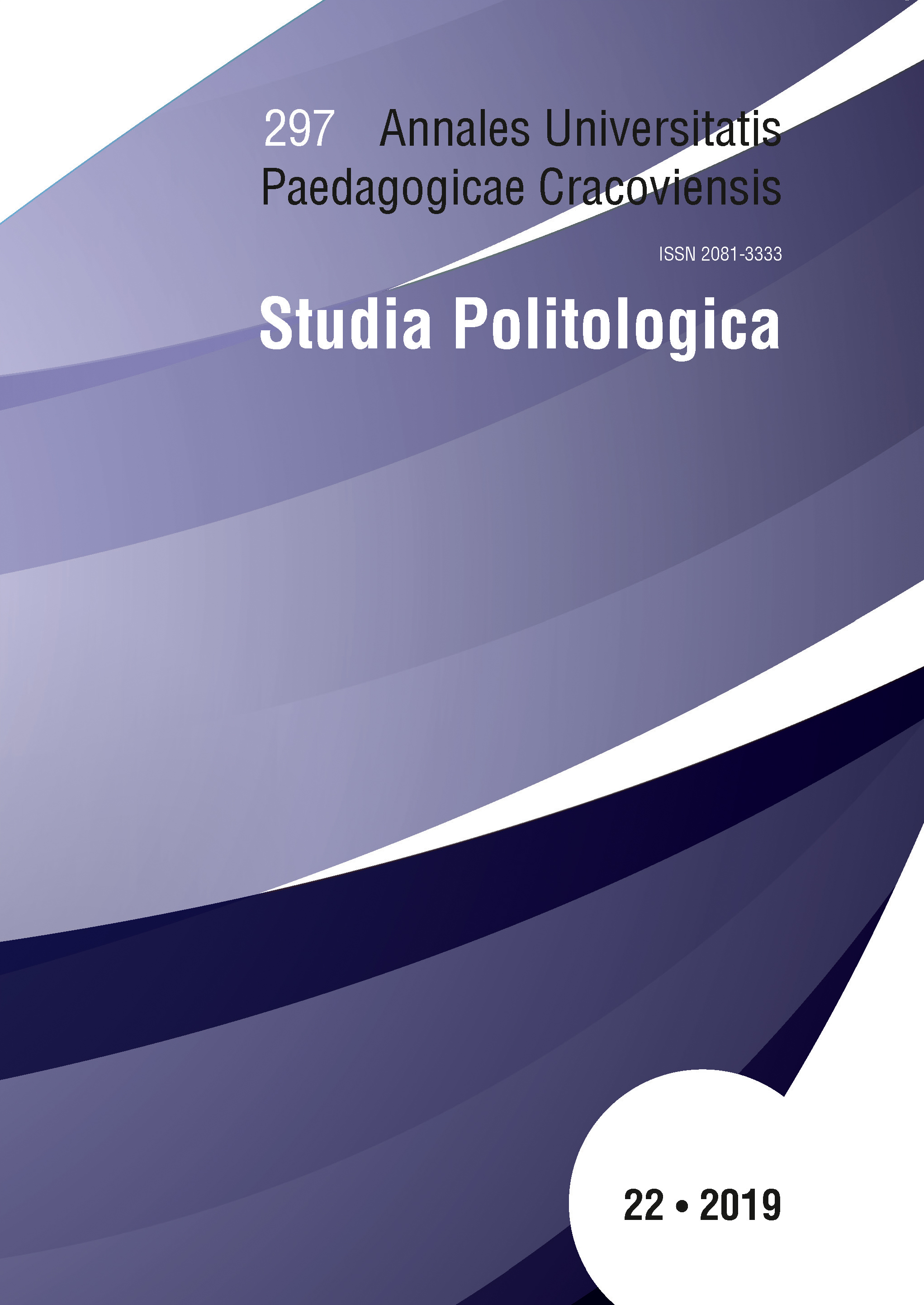Populism of Art and Artists. The Case of Poland after 2015
Abstract
The traditionally ideological divisions allowed the old political entities (parties, social movements) to represent the right and left wing dichotomy. The simultaneous increase in the role of political liberalism has led to the replacement of the axes of economic, commercial, cultural and identity divisions with the concepts of normality and rationality (Zielonka 2018). Liberalism, in spite of the lack of literal and dominating party representation, has become the obligatory political code defining reality in terms of good and evil, leaving no option to choose an alternative beyond the position considered universal and desirable. Simultaneously, the monopoly of the legitimacy and moral superiority of the liberal political program was developed. Criticism from the opponents of that monopoly started to be known as populism. Artists mostly identified with the mainstream liberal views, as they offered them the opportunity to illustrate and educate the public. They also corresponded with their artistic sensitivity, openness to tolerance, the rule of law and democracy, as well as the independence and freedom of individuals. Since 2015 elections, the artistic milieus representing axiology similar or identical to Law and Justice / LaJ (Pol.: Prawo i Sprawiedliwość / PiS) have become strongly active. The party began to use the language representing the sensitivity of the people in contrast to the elites. Such populism was quickly treated as a position offering too quick solutions. The basic assumption shall be an attempt to verify the claim of the populism of art and artists standing against the authorities and supporting the LaJ power. The aim of the presentation shall be to overview the theoretical assumptions of this phenomenon in relation to art and its representatives, and to illustrate it with specific Polish examples from 2015 onwards.Downloads
Issue
Section
Scientific paper
License
Redakcja przyjmuje do druku teksty oryginalne, wcześniej niepublikowane. Treść czasopisma jest dostępna na licencji Creative Commons (CC-BY-NC-ND 3.0 PL)
Licencja ta zezwala na wykorzystanie materiałów opublikowanych w czasopiśmie w celach niekomercyjnych np. komentarza, krytyki, informacji, archiwizacji, nauczania lub prowadzenia badań, z poszanowaniem aktualnie obowiązującego prawa autorskiego (ustawa z dnia 4 lutego 1994 r. o prawie autorskim i prawach pokrewnych Dz.U. 1994 nr 24 poz. 83 z poźn. zm.). Zgodnie z wymogami licencji, konieczne jest dokładne podanie źródła cytowania lub parafrazowania oraz zachowanie tekstu w oryginalnej postaci (zakaz tworzenia utworów zależnych).

